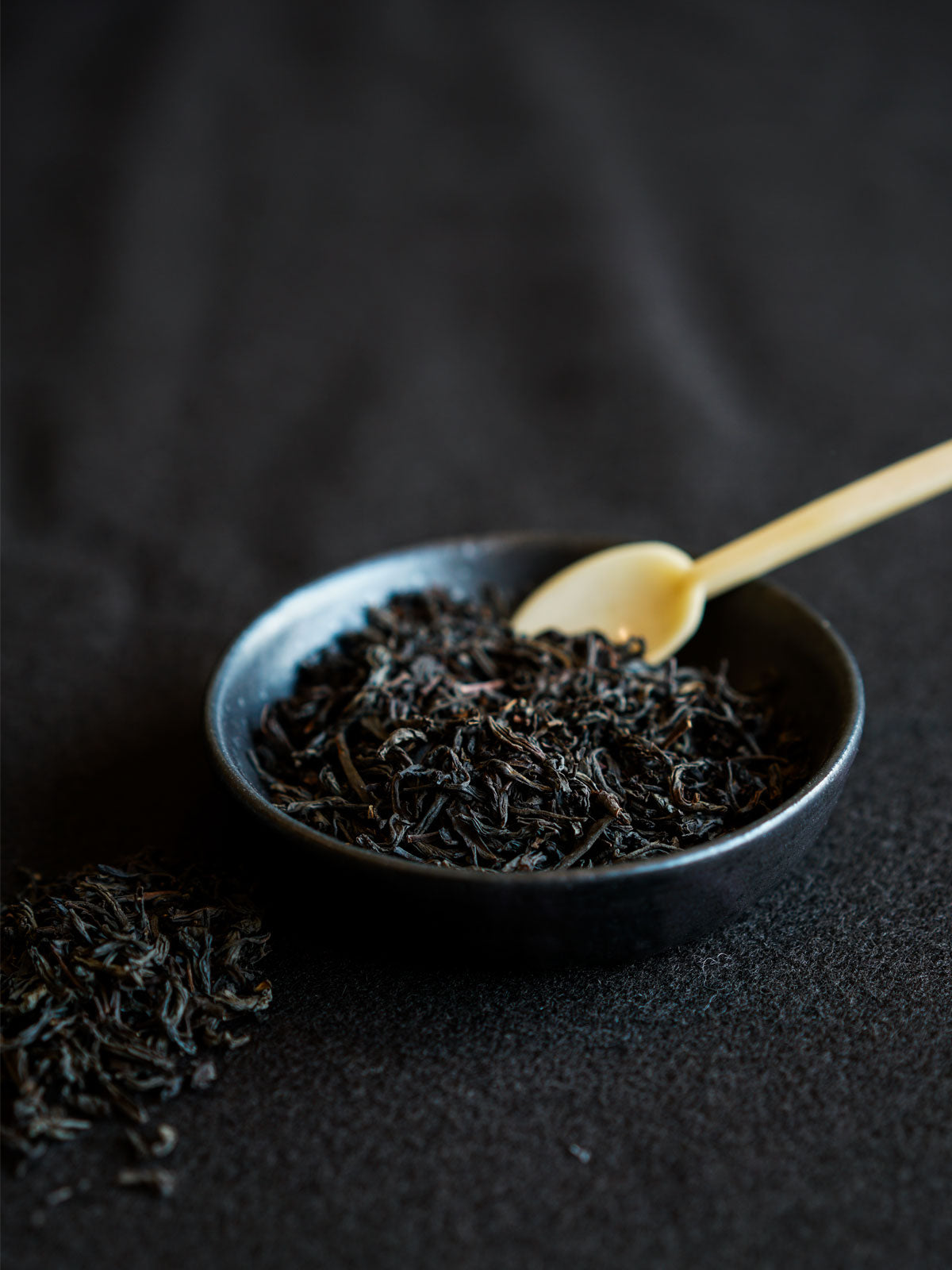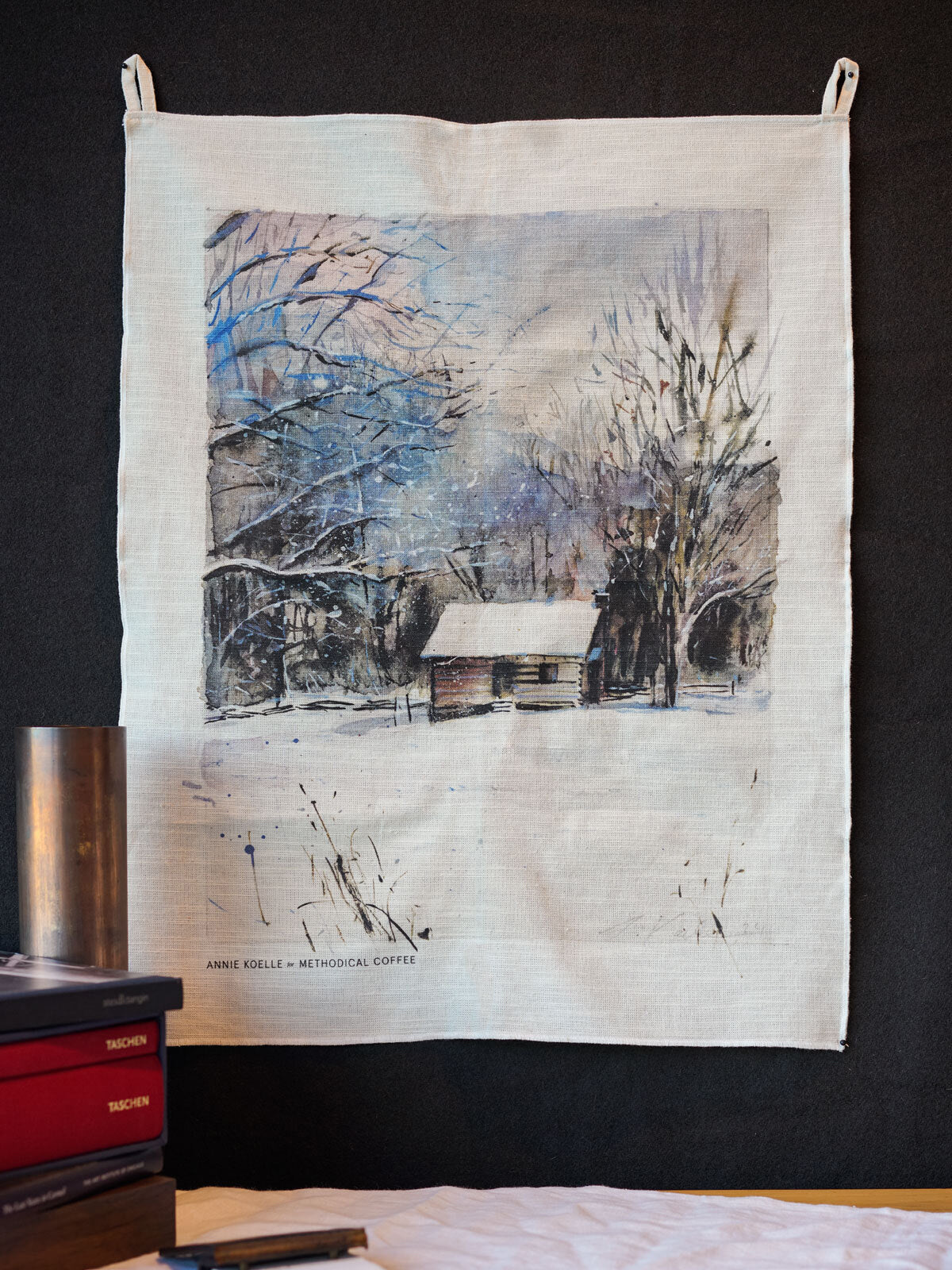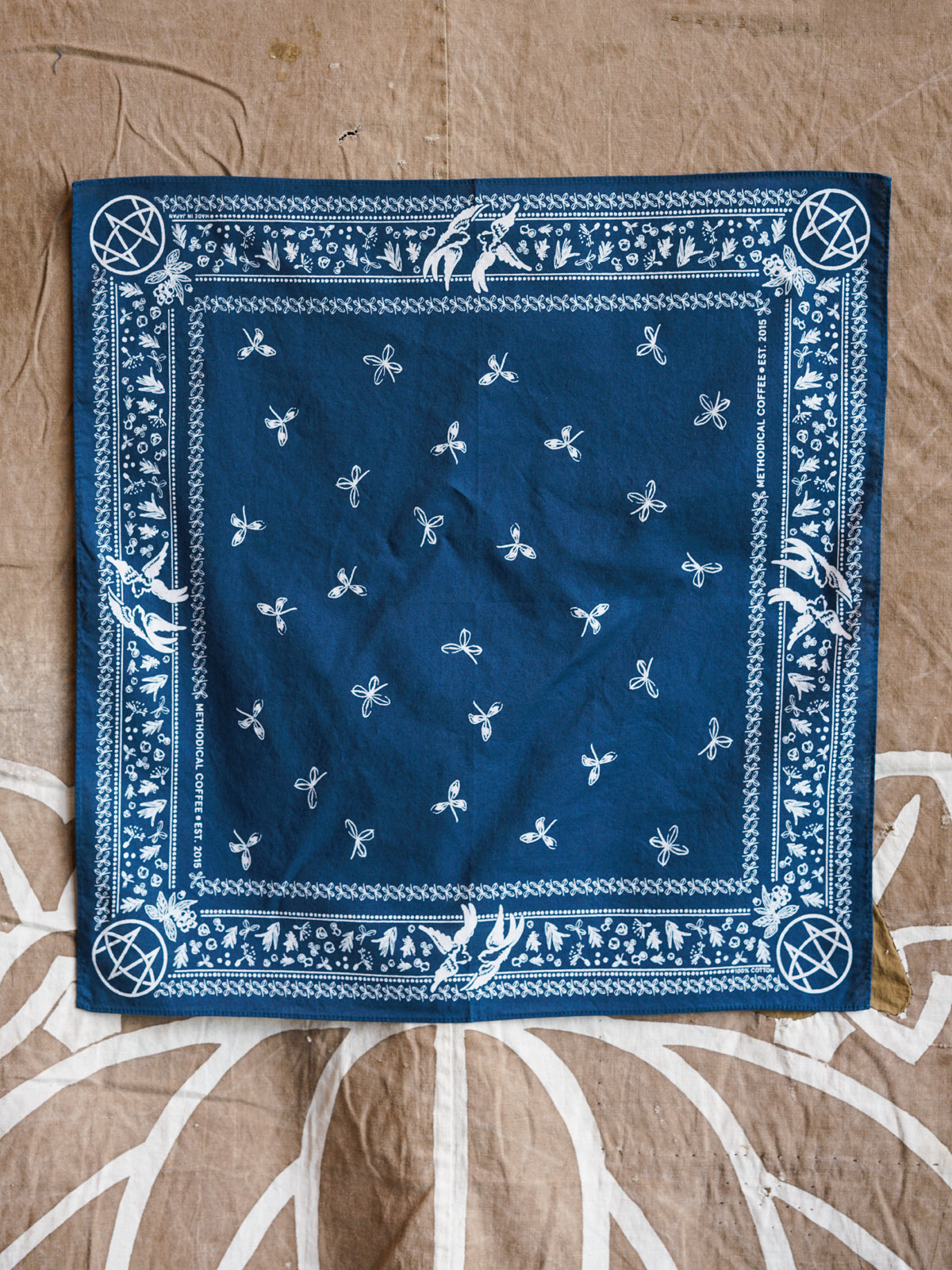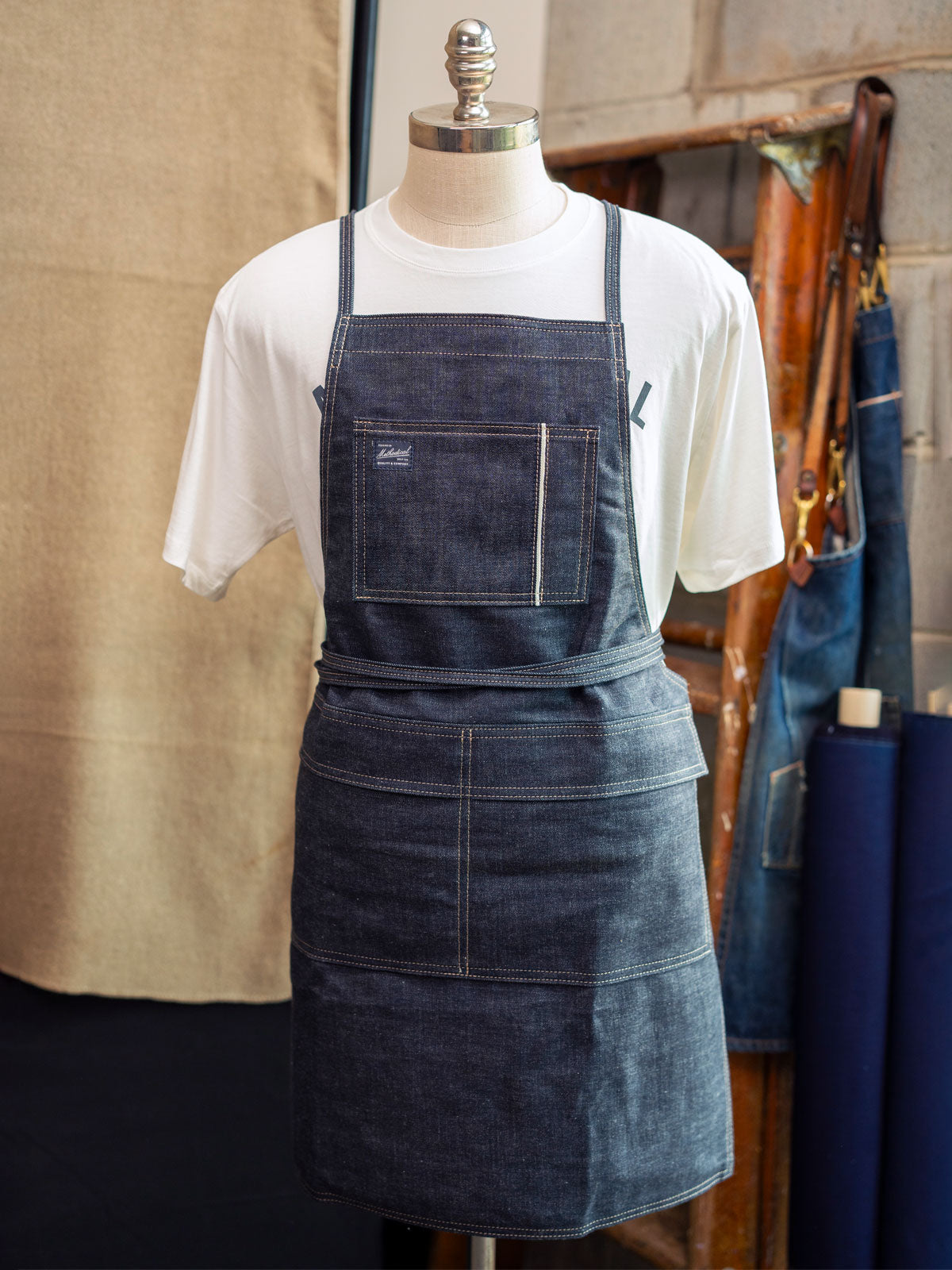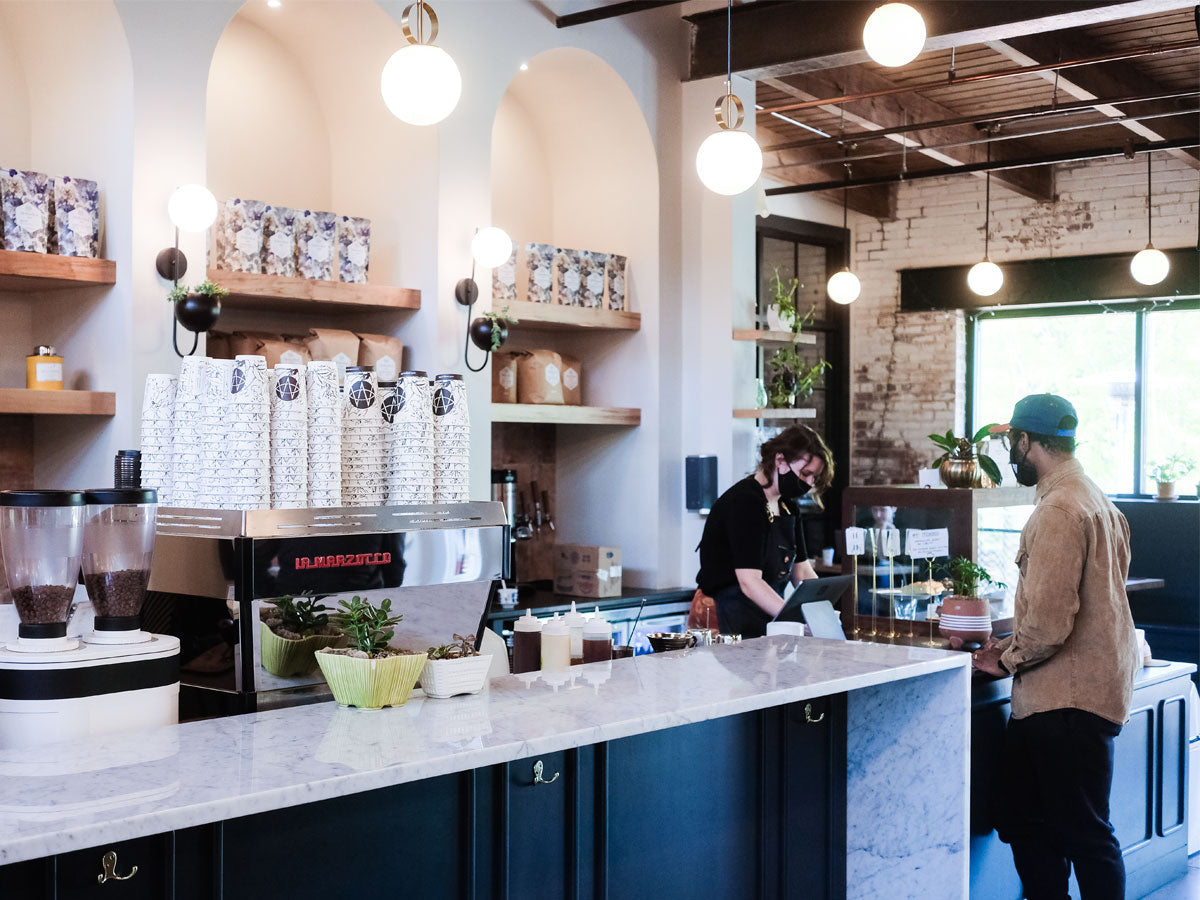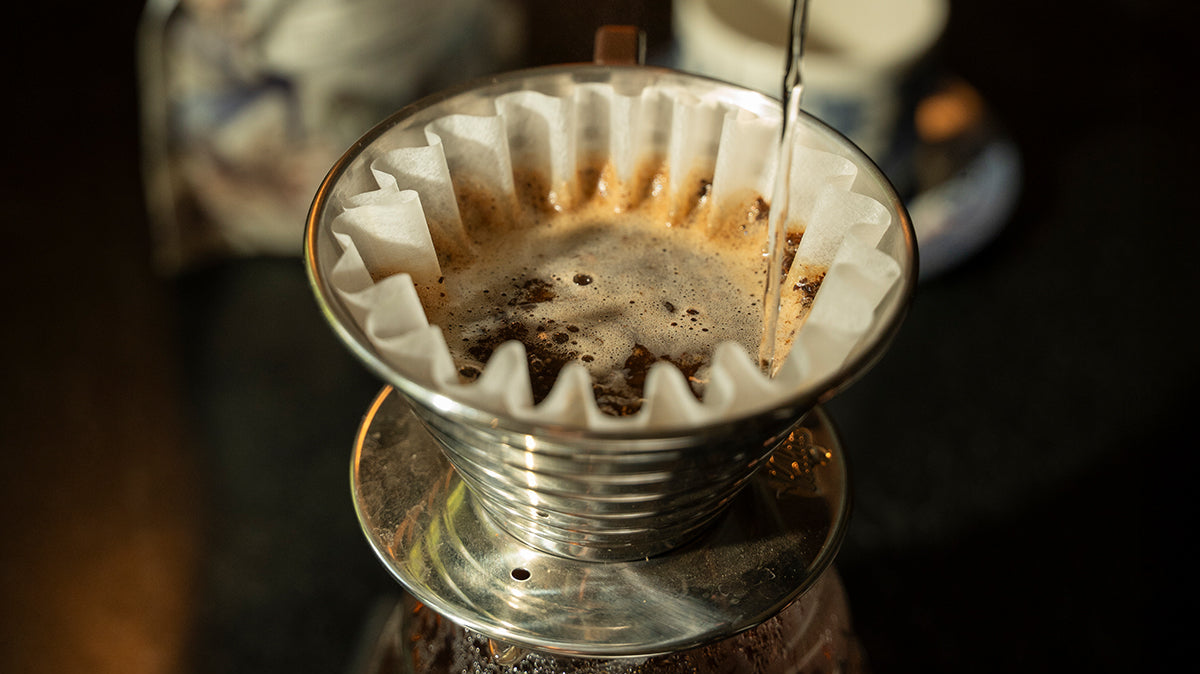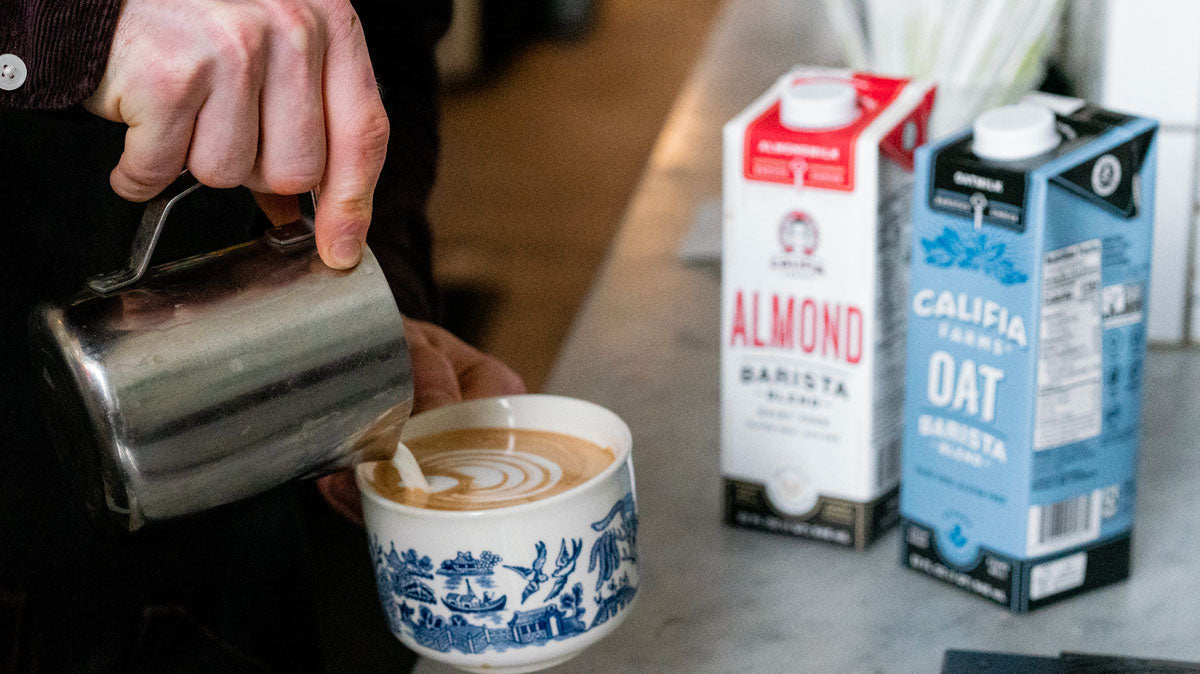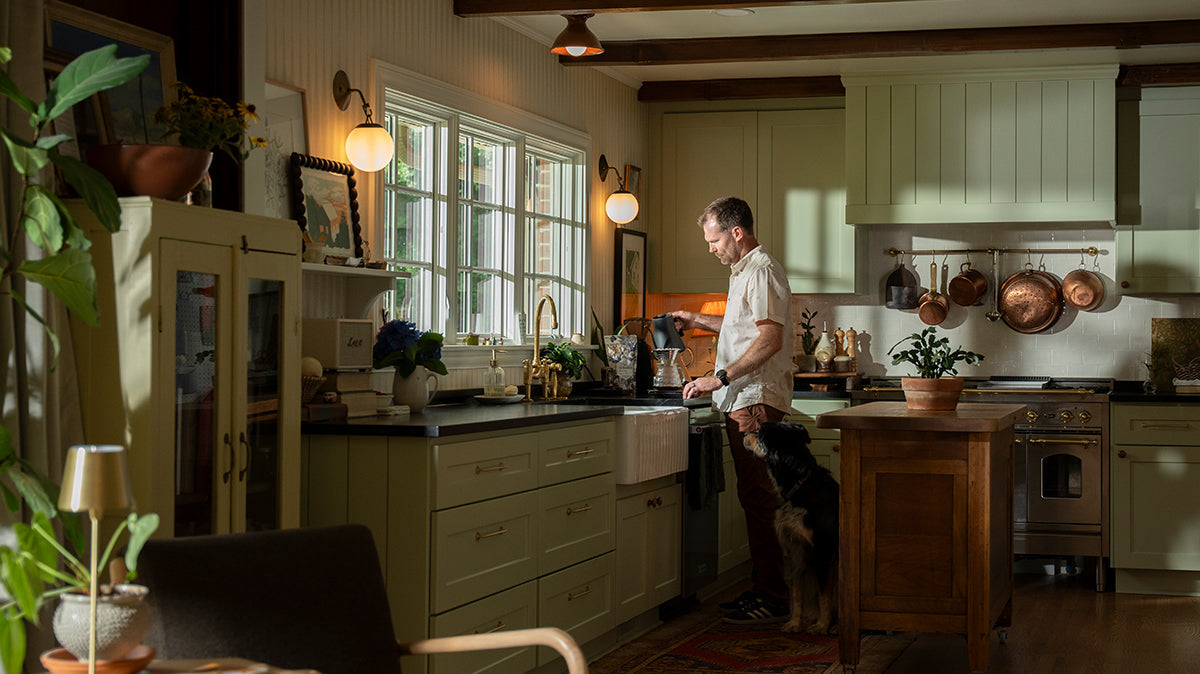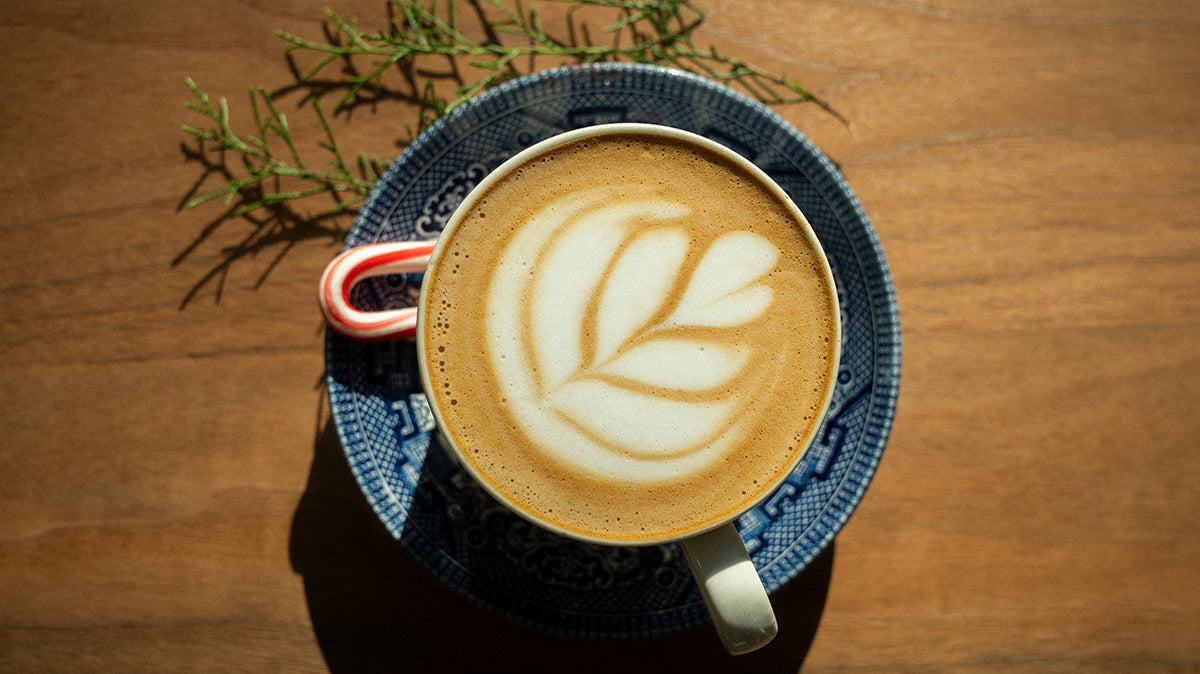If you’ve spent much time in your local, independent coffee shop you may have heard the phrase, “third wave” used when describing the shop. But don’t be embarrassed if you don’t know what third wave means or even what the first and second waves were. We are here to give you a brief history of the 3 waves of coffee and how it relates to specialty coffee.
What is third wave coffee?
The 3 waves of coffee refer to the periods of transition the coffee industry has experienced in the past 100 years or so. Third wave describes the current trend of coffee shops elevating coffee to a place similar to wine, craft beer, or spirits, where the enjoyment is in the nuanced flavor of the beans themselves, meticulously prepared and served in quality glassware or ceramics. Whether a coffee shop holds to the traditions of the third wave movement can be observed on their menu. If a shop highlights single origin coffees through pour overs and classic espresso beverages, they’re probably a third wave shop.
How does third wave differ from specialty coffee?
Where third wave refers to the movement of elevating coffee, its preparation, and its presentation, specialty coffee refers to the grade of the coffee beans themselves. Specialty coffee is coffee of the Arabica species that grades higher than 80 out of 100 points which is the highest tier of coffee grading. Coffee that scores this high typically comes from producers around the globe that are very meticulous with their cultivation and processing of their coffee as well as ensuring their beans are free of defects. They also offer extreme levels of transparency into the variety of the coffee plants, how they were cultivated, what elevation they’re grown at, and precisely how they were processed. Without specialty coffee, there would be no third wave of coffee. And without the third wave of coffee, specialty grade coffee would have no market. They are different things that have grown up together.
What is first and second wave coffee?
The first wave of coffee
There would be no third wave without a first and second wave. Rising in the early 1900s, the first wave of coffee is best known for brands like Maxwell House and Folgers. They brought large amounts of whole bean, ground, and instant coffee to the masses at cheap prices. This made coffee accessible and easy to prepare in devices like percolators or vending machines. This coffee was not known for its quality as it was made up of Arabica’s less desired cousin, the Robusta coffee species. Robusta plants are known for their high yields, ease of cultivation, high caffeine, and their bitterness.
Learn more: Arabica Coffee vs. Robusta Coffee: What's the Difference?
The second wave of coffee
The second wave of coffee can be marked by the rise of a single brand, Starbucks. Though there were other brands, such as Peets or Caribou, Starbucks is what catapulted the coffee shop in America. Better known as the “the third place”, Starbucks and their like developed a place that wasn’t home, nor work, but a third place where patrons could find and engage with their community. The beverages offered at second wave shops were inspired by Italian shops serving cappuccinos and lattes but with a twist of syrups, drizzles, and flavorings like caramel and chocolate.
Second wave shops helped bring Arabica into the mainstream’s lexicon, but these beans were typically roasted very dark, diminishing any nuance the beans may have had in order to better pair the coffee with milk or flavorings that were added to the beverages. If you see a lot of flavor-based beverages or dark roasted coffee on the menu, you’re probably in a second wave shop.
Learn more: What’s the Difference Between Light, Medium, and Dark Roast Coffee?
What are some examples of third wave coffee?
Specialty-grade, single origin coffees
Single origin coffees are coffees from a single place on a farm, often from a single varietal of coffee plant, and from a single harvest. This specificity highlights the impact soil, elevation, rain, and temperatures have on the flavor of a coffee bean. Third wave shops will be ready to tell you everything you want to know about the beans including their flavor notes (a way to describe a coffee’s flavor by comparing it to the flavor of other foods), how the coffee was processed, and even the name of the farmer or farm.
Learn more: Single Origin vs. Blends: What’s the Difference?
Manual brew methods
The pour over, or similar brew method, is a method to brew a single cup of coffee, and because it is crafted by hand, the barista can surface the full array of aroma and flavors a coffee has buried deep within its grounds.
Learn more: How to Make a Pour Over Coffee
Latte art
For espresso-based beverages, latte art is a hallmark. Latte art are designs made in espresso by how a barista pours their steamed milk. It has no impact on the flavor of the beverage, but adds a level of sophistication and aesthetic enjoyment that adds to the experience.
Learn more: How to Pour Latte Art (Beginners Guide)
High design
Elevated presentation is another example of third wave coffee. Third wave shops put a lot of care into the aesthetic of their shop in order to elevate the entire experience. You’ll also find coffee beverages served in glassware similar to a high end cocktail bar.
In conclusion
Don’t let the elevated experience sound too pretentious. Whether you’re visiting a second or third wave shop, there will still be a dedication to hospitality and community that has been the fire and purpose of the coffee shop since its inception 500 years ago. Within any vibrant community, you’re sure to find a coffee shop in the middle of it, whether second or third wave. Either way, coffee is best enjoyed with others.
You might like:


